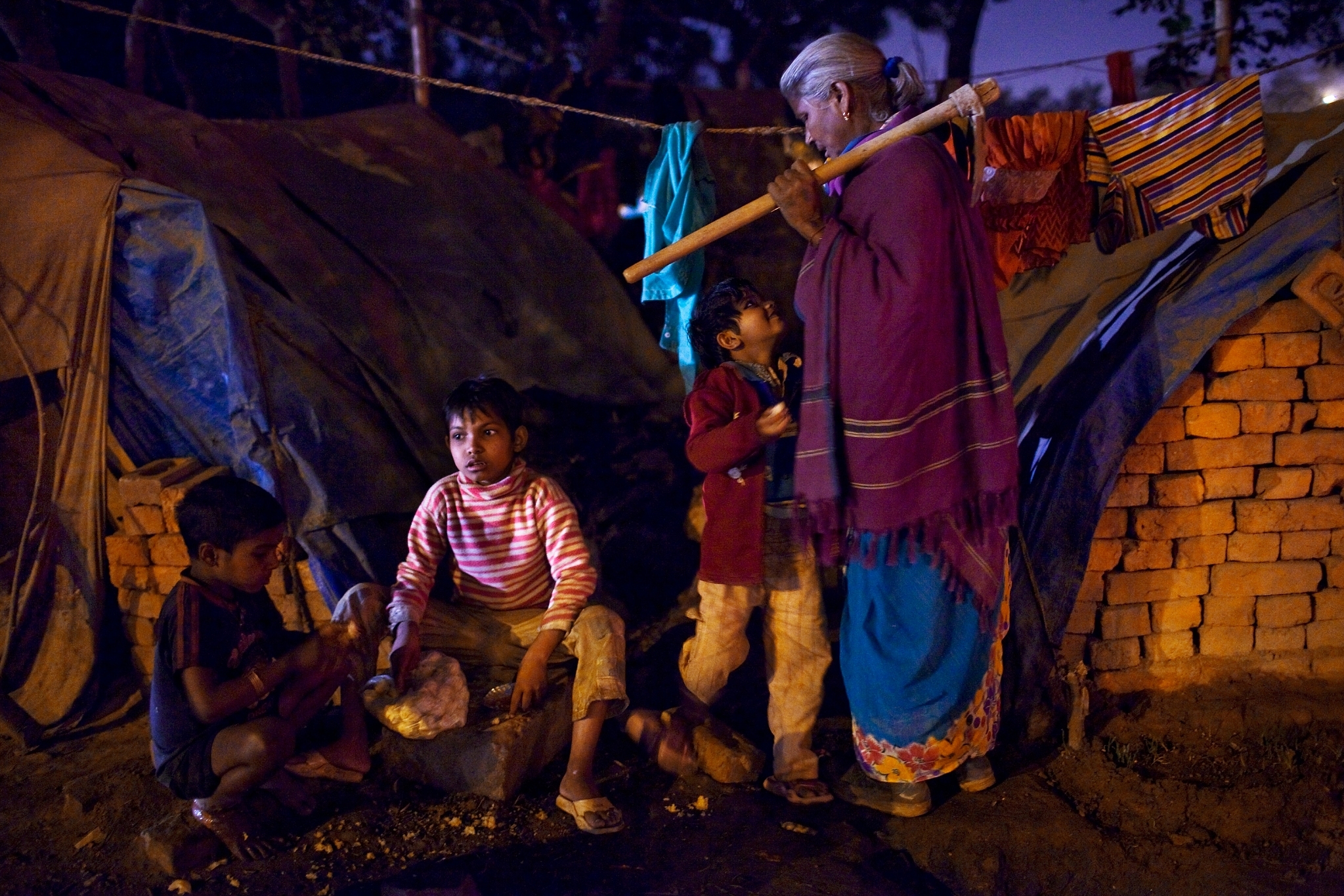Insta
Despite Low Income Levels, Rapid Decline In Fertility Rates: UN Report Lauds India’s Efforts

Representative image. (Daniel Berehulak/Getty Images)
Is the latest State Of World Population Report (2018), UNFPA (United Nations Population Fund), stated that the family size in India has decreased from 5.2 children per family in 1971 to 2.3 in 2016. Since the 1960s, Governments of India and other Asian economies have actively encouraged measures to limit family size. India was also the first country in the world to launch a family planning programme.
The report stated that India and Myanmar, unlike many other countries that witnessed a rapid decline in fertility rates, have had slow but steady declines in fertility that began after the 1960s. South Asian economies like Bangladesh, Nepal and India are also unusual because today they have fertility rates that are near replacement levels, despite having lower per capita incomes as compared to other countries with replacement-level fertility. In most other parts of the world, such low fertility is achieved only at higher levels of income.
Acknowledging the disparity in fertility rates across the country, the NDA government launched ‘Mission Pariva Vikas.’ This scheme will target 145 high fertility districts in the country, with a focus on raising awareness and better access to contraceptives. The govt has also launched two new contraceptives ‘Antara’ and ‘Chhayya’ that will be available for free at district hospitals.
Introducing ElectionsHQ + 50 Ground Reports Project
The 2024 elections might seem easy to guess, but there are some important questions that shouldn't be missed.
Do freebies still sway voters? Do people prioritise infrastructure when voting? How will Punjab vote?
The answers to these questions provide great insights into where we, as a country, are headed in the years to come.
Swarajya is starting a project with an aim to do 50 solid ground stories and a smart commentary service on WhatsApp, a one-of-a-kind. We'd love your support during this election season.
Click below to contribute.
Latest